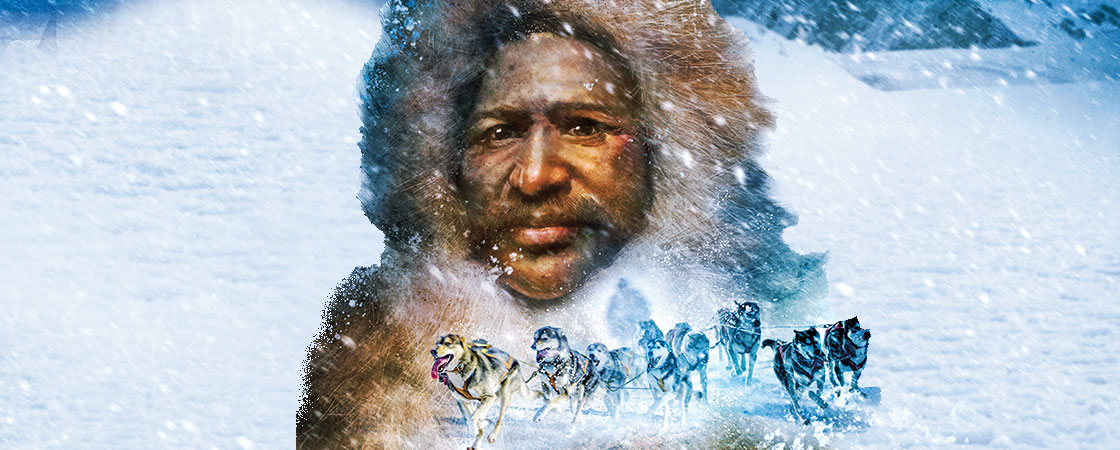This is an article about Matthew Henson and discovering the North Pole. But it’s also about how people are sometimes overlooked by history because of prejudice. We want to give you some tools to lead your students through the topics of racism and discrimination while you explore together this amazing story of adventure and perseverance.
We include the words racism and discrimination in the story but are placing the definitions here in the Lesson Plan, along with a definition for prejudice. (For our nonfiction articles, we usually use bold type for vocabulary terms within the story and include their definitions at the bottom of the page.) It is our belief that young people will benefit more from learning about these concepts within the framework of a discussion with a trusted adult who can provide context and support, as needed—rather than by reading brief definitions provided in the story or the glossary.
In addition, we want to make you aware of some resources designed to support educators in teaching these important topics. You will want to choose the materials that work best for you and your students. We hope these tools are helpful as you work with your students on developing a meaningful understanding of these critical concepts.
Vocabulary Terms
racism: the unjust treatment of—or untrue beliefs about—people based on physical characteristics, such as skin color
discrimination: unfair behavior toward others based on differences in such things as age, race, or gender
prejudice: the dislike or poor treatment of a person or group based on false beliefs about their race, religion, or other characteristic
Scholastic’s Teaching Our World site:
https://classroommagazines.scholastic.com/support/teaching-our-world.html
“It’s Not So Black and White: Discussing Race and Racism in the Classroom” from Scholastic’s Teacher magazine:
https://www.scholastic.com/teachers/articles/teaching-content/its-not-so-black-and
-white/
Teaching Tolerance’s resources for teaching about race and ethnicity:
https://www.tolerance.org/topics/race-ethnicity

